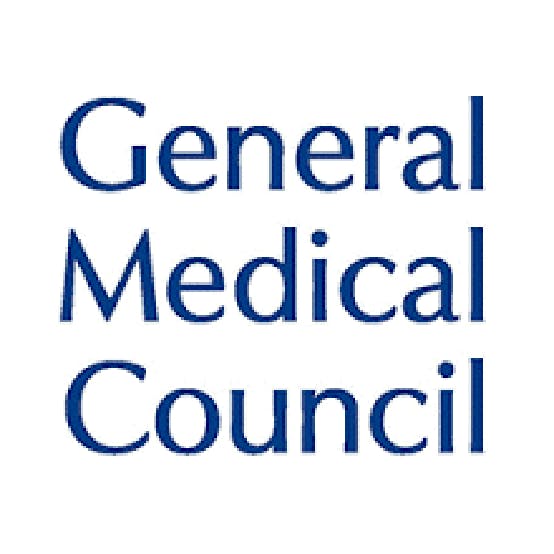How to Prevent & Manage Nerve Damage After Fillers

Nerve damage after fillers is a rare but troubling complication for both patients and injectors. Learning how to prevent and manage these issues will help you to become a more confident aesthetic practitioner.
We speak to Dr Lindsay Jones – an experienced clinical trainer and aesthetics specialist at Harley Academy about this.
She talks us through a number of key factors, including:
- Why nerve injury can occur after filler treatment
- Signs to look out for in your patients
- How to treat nerve damage
- Clinical advice for new injectors.
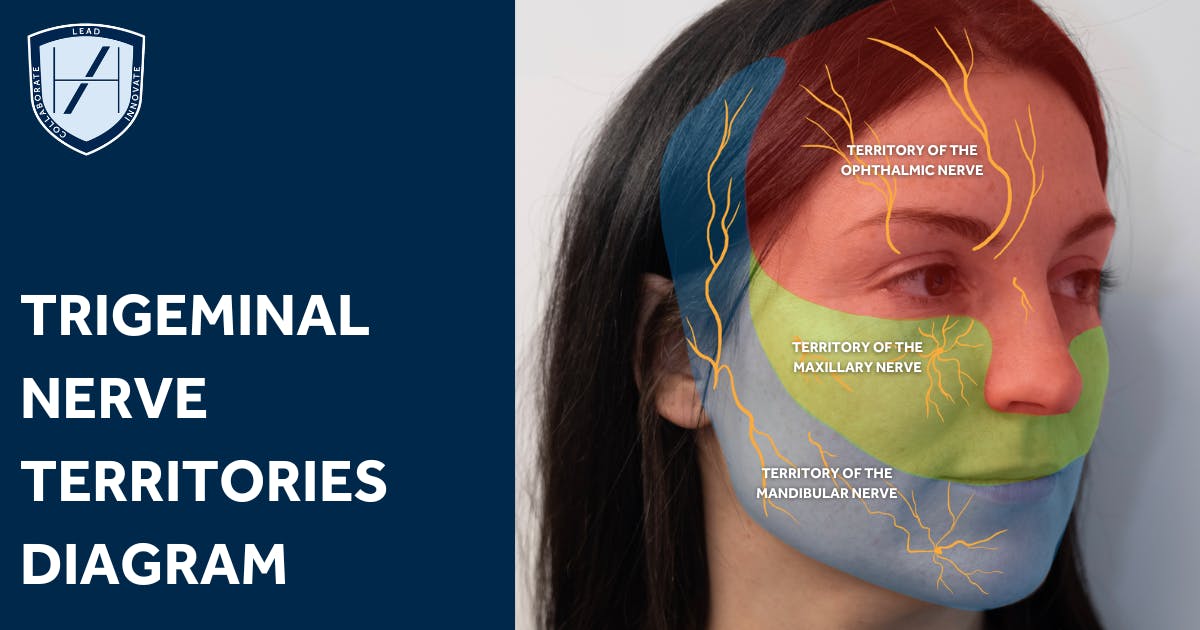
How nerve damage can occur after filler treatments
Nerve damage from filler injections is thankfully a rare occurrence. However, it can cause injury to the nerves as they traverse the face.
It’s important to note that, whilst ‘nerve damage’ is a commonly used term, it’s generally a temporary injury or concern; permanent nerve damage following filler is extremely rare.
As such, you may want to soften your language when talking to patients about this issue. Using terms such as nerve ‘injury’, ‘concern’ or ‘problem’ are less dramatic ways to get your point across.
Direct and indirect nerve injuries
Dr Lindsay explains, “Direct nerve damage could theoretically occur if a needle lacerates through a nerve, likely leading to permanent damage. The use of small gauge cannulas that behave like needles within the tissues can also cause direct trauma to nerve fibres.”
When injecting, Dr Lindsay notes that “Indirect trauma can also occur through pressure on the nerve is created by close regional swelling or bruising. This can result in temporary neurapraxia. Neurapraxia is a milder form of nerve damage that impacts the peripheral nervous system. This is rare, but a more likely occurrence in facial aesthetics.
“The local anaesthetic found in most commercially licensed fillers in the UK can also irritate nerves. Temporary neurapraxia - also known as neuropraxia - can result from this but should wear off as the local anaesthetic wears off.”
Why does filler-induced nerve damage happen?
Dr Lindsay shares, “Nerve damage can occur in patients with unusual or altered anatomy, such as a post-surgical facelift. A practitioner, therefore, may accidentally inject near a nerve they weren’t expecting to be there.
“Equally, aesthetic practitioners who haven’t dedicated the time to learning facial anatomy are at higher risk of causing injury. This is why we advocate for medical practitioners only to perform these treatments.
“Often if you are too close to a nerve the patient will experience a sharp electric shooting pain. It’s important that as an injector, you listen to your patient's feedback, especially if they are reporting excessive pain.”
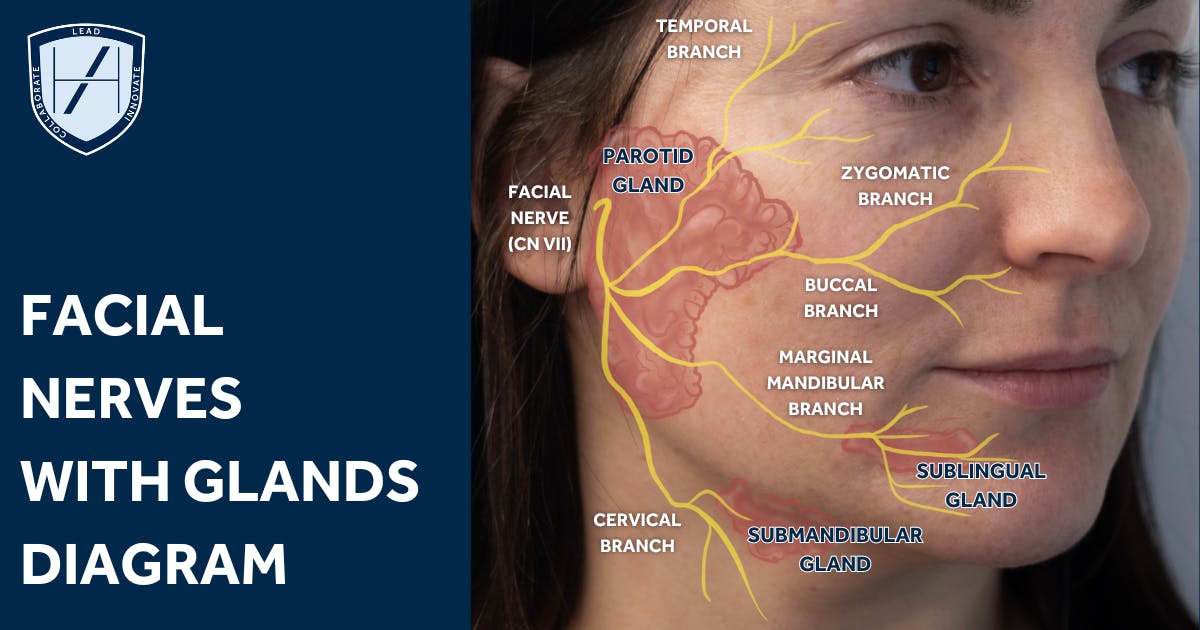
Signs of nerve damage after fillers
As a competent aesthetics practitioner, you should always be assessing your patient before, during and after injecting. This ensures you can catch any complications early and manage them before they develop. Delivering stringent aftercare is also key, so your patient knows what signs to look out for and who to contact.
Dr Lindsay informs, “Often a patient with a nerve injury will initially report a sharp electric shooting, burning, itching, tingling or a pins and needles sensation.
She outlines the specific symptoms triggered based on which nerve is traumatised:
Sensory nerve
“If the particular nerve that’s been injured is a sensory nerve, the patient may experience numbness or a loss of sensation.”
Motor nerve
“If the injured nerve is a motor nerve then the patient may experience weakness in the muscles that the nerve supplies.”
Sensory and motor nerve
“If the nerve has both sensory and motor function then both symptom constellations can occur. If the injury is permanent then these symptoms can be permanent.”
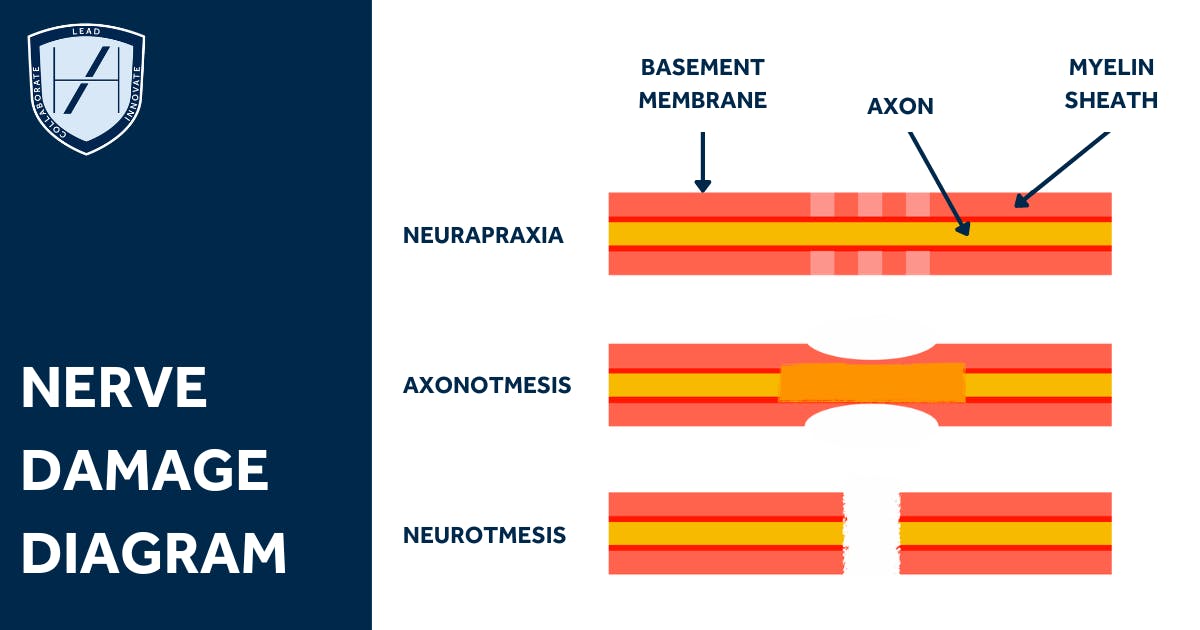
Treating nerve damage after filler injections
To begin with, Dr Lindsay advises, “Avoiding nerve injury in the first place through anatomy knowledge is ideal.
Assess your patient
“Secondly, listening to your patient’s feedback whilst injecting and stopping if they report severe pain is a given. If the injury is caused by swelling it may present hours after injection, so have a low threshold for bringing your patient back for review in person. This means you can perform a formal neurological assessment and determine the extent of damage.
“Thankfully, in most cases, the damage is temporary and will resolve without intervention.
Regular monitoring and neurological assessments are a vital part of conservative management,” Dr Lindsay notes.
Reducing swelling
Next Dr Lindsay suggests, “Ice, elevation and anti-inflammatory analgesics can be useful in reducing swelling and inflammation around the affected nerve. However, be cautious with the use of non-steroidal anti-inflammatory analgesics. If the swelling is due to a haematoma, these medications will cause further bleeding due to their blood thinning properties.”
You may also consider dissolving in cases where filler is compressing a nerve.
This is also the kind of training you’ll receive when undertaking our Level 7 Diploma in Botox & Dermal Fillers. Comprised of eLearning, live injecting demonstrations and the opportunity to inject your own patients with one-to-one mentoring. We have a catalogue of clinical trainers who’ve trained with us and have years of experience to share.
Our Level 7 Diploma in injectables has been carefully designed to put your progress at its heart. You’ll learn everything from facial anatomy to injecting techniques so you step into the aesthetics world with confidence.
Filler complications are also covered in our Level 7 course. You’ll learn to prevent them, spot their first signs, and manage and treat complications such as nerve damage after filler.
Our Level 7 trainees are given free access to our eLearning course Preventing & Managing Filler Complications, this is in addition to in-person, hands-on tuition from our team of mentors. Ask as many questions as you like - there’s no such thing as a silly question at Harley Academy!
What happens if filler-induced nerve damage isn’t treated?
Here Dr Lindsay tells us what can happen if nerve damage after fillers isn’t treated properly or doesn’t resolve. Breaking it down into the type of nerve damage, she outlines what treatment steps can be taken.
She reports, “If the injury doesn’t show signs of improvement it may be permanent, in which case further intervention is required.” You will likely need specialist support with persistent symptoms.
Treating motor nerve injuries after filler
“For motor nerve injuries physical therapy can be utilised to improve muscle strength and function.”
Sensory nerve injury treatment
“For sensory nerve injuries, neuropathic analgesics may be required to manage pain, for example, gabapentin, pregabalin, or tricyclic antidepressants. Nerve block injections with local anaesthetic or steroids can be used in extreme cases.
“In rare cases, surgical intervention may be considered for direct repair or decompression of the affected nerve.”
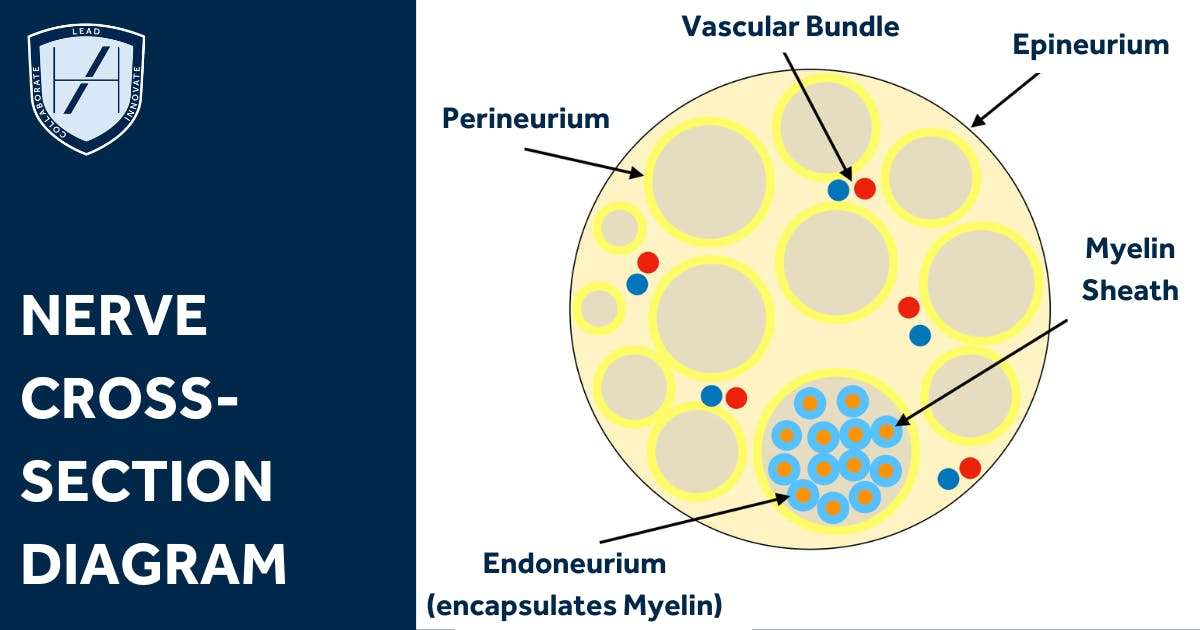
What should new injectors be wary of when managing nerve problems after fillers?
We asked Dr Lindsay, what should new injectors be wary of when managing nerve damage after fillers? She shares five areas new aesthetics practitioners should focus on and prepare:
Master facial anatomy
“New injectors should be focused on mastering facial anatomy to avoid nerve damage in the
first place.” Not only will this stand you in good stead across your aesthetics career, it’ll help to make you a confident injector.
Filler injection techniques
“Use safe injection techniques based on the understanding of the relative risk of nerve injury in different areas of the face.” As you build and apply your facial anatomy knowledge, you’ll know where to and not to inject.
Learn to spot the signs
“Understand and recognise the early signs and symptoms of nerve damage.” Knowing what the early symptoms present means you can manage complications effectively.
Plan ahead with protocol
“New practitioners should have a protocol for nerve damage management and referral if necessary.” This means if symptoms begin to appear, you know what to do next and who to contact for support.
Reflect and train
“And finally, they should have a reflective system if things go wrong. An ongoing plan for further education in injectable complications is also a good idea.” Topping up your aesthetics training ensures you can refresh your knowledge and build your confidence.
The psychological impact of causing aesthetic complications
Particularly as a new injector getting started in aesthetics, the fear of causing complications is common and natural. Compared to other medical fields, “there are very few medical emergencies in aesthetics and they are very rare,” as Dr Jaymi Lad explains in a previous interview on Overcoming the Fear of Causing Complications.
Our advice is that you shouldn’t let the fear of potentially causing a complication be a stumbling block. If you're getting into aesthetics there’s a chance you will cause a complication at one point in your injecting career. As you train and inject, you’ll also become skilled at preventing complications and managing them.
Dr Tristan Mehta, Founder and CEO of Harley Academy had this to say about complications management… (See video below - if you can’t see this video, please accept cookies in the bottom left of the screen)
Comprehensive aesthetics training with Harley Academy
When it comes to preventing and managing complications we believe clinical experience and thorough aesthetics training is crucial.
As an injector, it’s also crucial to build your confidence by ensuring you have the correct experience. This means practical experience but also a solid educational background from completing comprehensive aesthetic medicine training courses in filler and botox.
We offer a Preventing & Managing Filler Complications eLearning course that’s great for brushing up your knowledge. As mentioned above, our Level 7 trainees can access this course for free, as an add-on to their Level 7 Diploma course. What’s great is that, as an eLearning course, it can be done from the comfort of your own home. In this interactive virtual training you’ll learn to prevent, identify, manage and treat complications, giving you the knowledge to be a safer injector.
If you’re looking to top-up your training, an Injectables Masterclass can help you to build your confidence and competence. Our courses are designed to help you excel as an aesthetics practitioner and tackle any clinical setting. For example, if injecting lip filler is an area you’d like to work on, our Perioral & Lip Filler Masterclass offers targeted learning on topics such as:
- Patient selection
- Anatomy
- Marking up
- Injection techniques.
You can now get our Clinical Confidence newsletters and much more delivered straight to your inbox!
If you’d like to hear more about what our medical aesthetics courses can do for you. get in touch! You can book a complimentary call with our Course Advisors. They can answer any questions and help you select a course that puts your goals first.
All information correct at the time of publication





